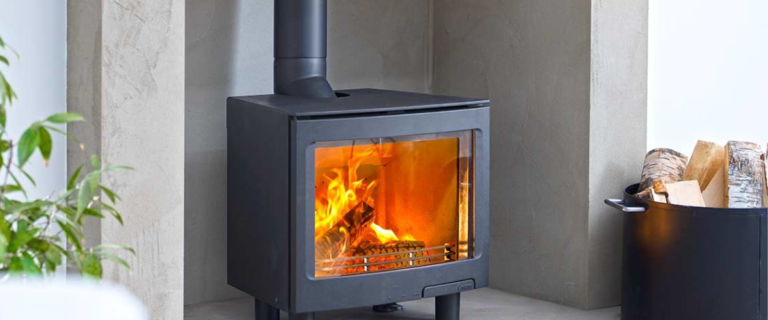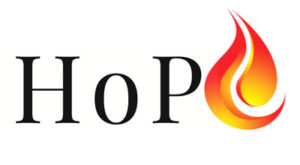We love our environment – just as much as you do
With the meteoric rise in Googling and using social media for views and news on our environment, it is sometimes difficult to know what to take as news and sound information, and what is not so factual. Understandably, when it comes to our environment, we should all care. What we put into our environment will have an affect on what we draw out from it.
Please keep visiting this page because it is our intention to inform you about wood burning stoves and their effect on our environment. The following is an extract from Scan, one of Denmark’s leading woodburning stove manufacturers plus information sourced from the Stove Industry Alliance
Wood use
Environmentalists have concerns that trees and wood in general would be better used on building projects rather than burning as a fuel resource.
This may well be a valid argument to raise but, it also should be noted that certain species of wood are not suitable to be used as building materials. Equally, there are some wood species that are ideal not suitable for wood stove burning, but ideal for building projects.
A prime example of this one-sided wood variety is pine, an excellent resource for building projects as an inexpensive material yet strong and perfect for furniture. However, pine is not a good choice for burning as fuel in a wood stove as it is known to be a corrosive species.
This means that burning pine in your wood burning stove will produce creosote, which will coat the flue, cloud the glass and is known for causing potential fires.
Ash, oak, birch, beech, and fruit woods such as apple make for much better choices for wood burning in the home.

Woodburning stoves and CO2 emissions
Another key argument against wood burning is the production of CO2 from the process – which is a major negative for the environment.
Well of course it’s true that an over-abundance of CO2 emissions is a huge concern, but modern wood burning techniques and stoves are not the main problem for this type of emission concern.
CO2 is naturally emitted when a tree decays in the forest, but this process is so slow that most environmentalists are unconcerned. Burning wood produces roughly the same amount of carbon dioxide emissions as allowing that wood to naturally decay in the forest.
Wood burning simply speeds up the process, but these emissions should not be a huge concern as the quantity of remaining healthy and new growth trees continue to counteract and emit necessary oxygen to the environment.
Provided the balance is kept in check by planting replacement trees, wood burning is truly not harmful to the environment.
Ecodesign regulations – 21st century technology
On 1st January 2022 the new Ecodesign regulations for solid fuel space heating appliances come into force.
Any appliance manufactured from this date must comply not only with increased appliance efficiency targets (75% minimum) but also with an 88% improvement on permitted CO emissions, plus strict emission limits for particulate matter (PM), organic gaseous compounds (OGC) and nitrogen oxides (NOx).
The stove industry has been well ahead of the curve on this. Since 2017 appliances with the SIA Ecodesign Ready label have been available and in 2020 the clearSkies emissions and energy performance certification mark for solid fuel stoves and fireplaces was launched with levels that go beyond the Ecodesign requirements.
This means that there is already a comprehensive range of appliances on the market that meet, and exceed, the requirements of Ecodesign regulations.
